Carbon Ceramic Brakes (CCB) are not new, but they are relatively new to BMW cars. The new BMW F80 M4 and the F82 M3, along w the M5 / M6 now have ceramic brakes as an option. The marketing hype seems awesome….lighter rotors, lighter pads, no brake dust, less unsprung weight, longer life….and just a small upgrade fee at the time of order…..what’s not to like about that?
BUT…what we had found w the Porsche Ceramic Brakes (PCCB) is now true for the BMW solution as well. There is a hidden issue w the brakes, and in the case of the BMW CCB and 19″ wheels, another issue. Their life under duress (heavy usage), their upgrade COST, and the potential for damage to their new wheels. In easy numbers, to replace a full set of BMW ceramic brakes will cost about $15k for PARTS only (BMW list). I would say that most BMW buyers are NOT prepared to shell out that kind of money for brake repair, and most are not DIY (Do it yourself), so that means they also have to pay a shop or the dealer to do the labor to complete the repair. The rotors have a cost of about $3400 EACH for BMW CCB, and the pads are around $750 a set.
Then, there is the daily usage issue that has popped up….the clearance between the brake caliper (on the gold CCB calipers) and a 19″ wheel is only 3mm……really, ONLY 3mm. So, if you drive on any roads where there could exist some pebbles or rocks or debris, be very aware. What is happening is that the debris is getting caught between the caliper and the BMW OEM rim, and getting stuck, or forced into a location it can not free itself from, and it cuts a path into the barrel of the rim….and destroys your rim. Now, some users have been able to get BMW to replace their rim, but not true for all customers. However, this is not addressing the root cause of the issue….there is no clearance. BMW was obviously aware of this type of scenario, for if you look at the backing plate, it is not like most metal rotor backing plates, or dust plates. The dust / backing plate of the CCB system is much more robust and extends farther out, but this has not prevented the issue from occurring. Some aftermarket wheel suppliers are well aware of this, and they have taken steps in their wheel design to ensure there is full clearance, and more than the stock / OEM 3mm. So, be aware.
Now, back to the issue of wear, and understanding wear, and then, when and how do you know that the CCB brakes need to be repaired or replaced? The issue has to do w the basic design employed for the CCBs.
1 = FRICTION LAYER
2= CARBON BASE
3 = COOLANT DUCT AREA
As you can see from the above image, the actual “friction” surface is relatively thin. That does not allow for much WEAR.
Here is how BMW describes the construct, and how the brake / brake rotor surface will look, so that you will know what “NORMAL” is, versus wear:
To ensure that the ceramic brake disc has a long service life, the base is provided with a separate friction layer. The friction layer is bonded by means of a special joining paste. The siliconisation results in a bonded connection. The base and the friction layer are made from different mixtures/recipes. For this reason, the two components differ in appearance.
Tension relief structure:
Due to the different material compositions of the friction layer and base, the friction surfaces (even when new) are characterised by a harmless tension relief structure. Some relief cracks pass along the perforation bore holes. The tension relief structure arises during the manufacturing process, starting from the brake disc surface, and is not a safety risk. There is also no danger that the friction layers may split off the base in large pieces since because the friction layers are virtually tension free due to the tension relief structure. The tension relief structure is partially visible on new components and may vary considerably between the two brake disc chamber sides. Thus, a brake disc with this feature is OK.
Rough surfaces in coolant duct:
The surfaces (1) in the coolant duct have a different structure. The coolant ducts are not finished and therefore have a rough structure.
Thus, a brake disc with this feature is OK.
So, what about the actual surface of the ceramic rotor, and what is OK, versus what is NOT OK.
Pittings in friction layer:
Image on the LEFT – Brake disc OK
Image on the RIGHT – Brake disc NOT OK
In the image on the left, those types of pits are present from the manufacturing process, and are OK. But the holes as seen in the image on the right are NOT OK, and are an erosion of the carbon surface. At this point, this is NOT to the point where braking will be affected, or the driver will notice any change in braking performance, but if this should continue, and get to where the size of the “pit” is 2x2mm, then the rotor should be replaced.
If cracks form in the brake vent material area, the rotor is OK until the cracks exceed >20mm deep or 10mm in total length.
WEAR and WHEN TO REPLACE
So, when do the rotors and pads on Carbon Ceramic Brakes need to be replaced? The same sort of rules apply to CCB as do steel rotors and pads. When minimum thicknesses are reached, they must be replaced. There is no “re-surfacing” option available for the CCB rotors, you must replace them.
New brake pads may only be fitted if the brake disc thickness is greater than the minimum brake disc
thickness (MIN TH). Wear of brake discs can be evaluated via the wear indicators (optical identification of oxidative wear).
Minimum brake disc thickness during general inspection (GI):
Nominal size thickness minus 0.1 mm (DID YOU GET that??? Normal size less 0.1mm of wear!!!!)
Normal size = 410mm x 38mm
So, if the brake rotor thickness measures less than 37.9mm….they are toast, and need to be replaced.
The min thickness of the brake pad is 3.7mm.
In essence, you must replace the rotors and the pads when the pads have worn down…..so, you’re looking at a bill of >$15k for brakes.
You have been WARNED.
For average street usage, this may indeed be a very long time, but for anyone that does aggressive driving w their M car, or heaven forbid, take it on the track, you have a very short life.? This is similar to what we found on the Porsche GT3, GT3-RS, Turbo, GTS, etc…and why, if you look around, you will see very few of the brand new Porsche 991 GT3’s on the track w PCCB brakes…almost all of them know the issue, and have gone w steel brakes.? However, in the BMW community, most have been very excited to get the CCB option, only now to wake up to the dilemma on their hands and their pocket book.
CCB – their time is coming, the cost is coming down, but its not for the aggressive car owner.



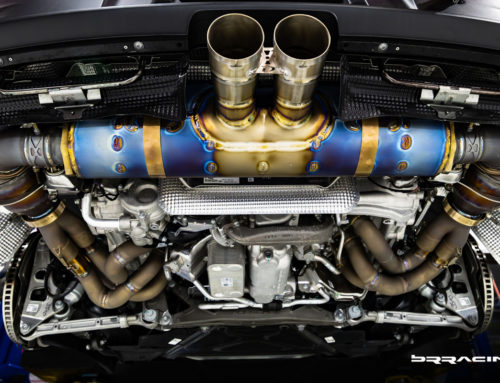
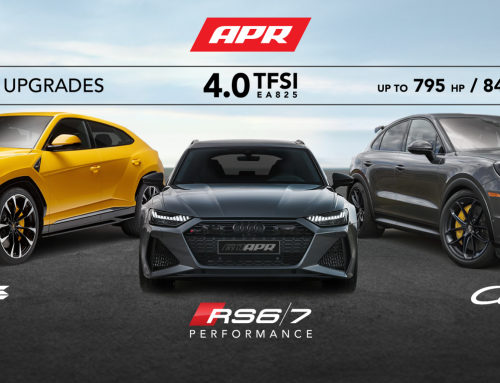
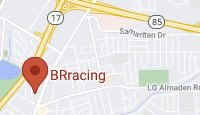
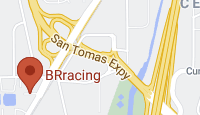
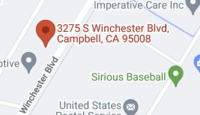
OUCH! Those very cool and trendy brakes, WOW so cool looking, MMMM SO very fade resistant! OUCH, so very F***ing $$$$$$$$$.
No thanks, not in my league of financial success! But hey at least I am willing to wait and to admit that I am not “The Donald” … At least not YET!
cjn
“In essence, you must replace the rotors and the pads when the pads have worn down…..so, you’re looking at a bill of >$15k for brakes.” Yes, exlusive tuning is a pretty expensive thing.